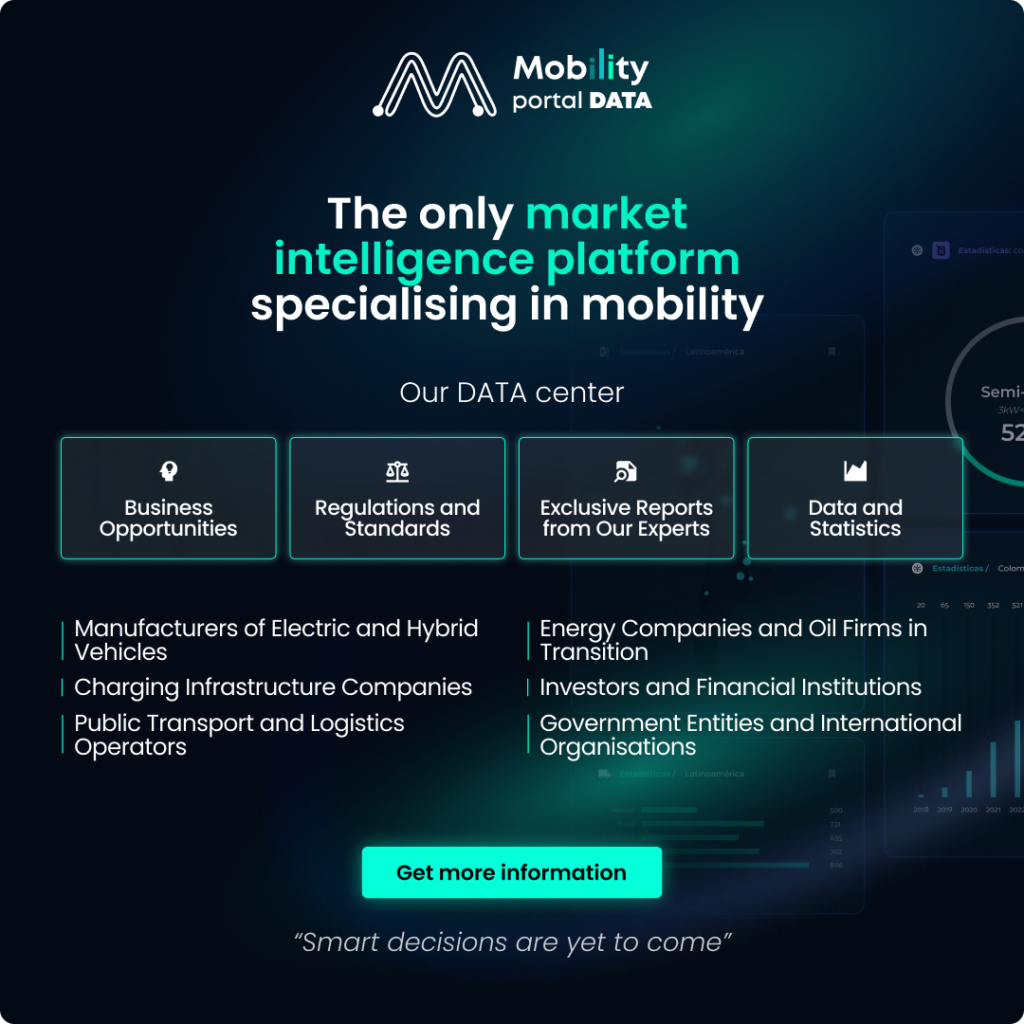Fleet electrification is steadily progressing across Latin America, although structural challenges remain. One of the most critical factors for a project’s success is not just the vehicle itself, but the type of infrastructure chosen.
Flavio Puppi, an eMobility consultant with over 20 years of experience, explains to Mobility Portal that “fast chargers can be very useful, or even necessary, but if you install a fast charger for a small, low-usage fleet, you kill the business case.”
The expert notes that the issue is not just the cost of the equipment—which can exceed $20,000 or $30,000—but also the necessary electrical upgrades, such as requesting additional power from the utility provider and facing penalties for exceeding contracted demand.
Upfront Costs and Project Feasibility
The economic factor is key. While a Level 2 slow charger may cost between $600 and $2,000, a fast charger (Level 3) can easily exceed $20,000 and reach up to $100,000 depending on the power level.
“Infrastructure design is critical. Some projects fail due to the cost of the vehicles, and others due to the amortisation of the charging infrastructure,” Puppi warns.
According to the specialist, fleets that rest overnight have a clear advantage: they can rely on slower, cheaper chargers without the need for operating staff. “You plug them in overnight, and they’re ready by the next day,” he explains.
Savings Compared to Fossil Fuels
The main justification for switching to electric vehicles continues to be savings on operational costs. Puppi highlights that the greatest benefit comes from replacing fuel with electricity.
“When you compare the electricity used to the fuel you’d otherwise buy, savings can reach up to 60% on the fuel bill,” he says.
These savings are complemented by lower maintenance costs and, in some cases, tax incentives or exemptions from vehicle registration fees in cities like Buenos Aires. However, to make the numbers work, the initial investment must be reasonable and aligned with the expected savings.
Risks and Range Anxiety
Beyond the figures, the day-to-day operation of an electric fleet presents new challenges. One of the most notable is so-called range anxiety—the fear that a vehicle will run out of charge before completing its journey.
For this reason, many companies choose shorter routes to ensure return trips with sufficient charge margin. But this strategy can also reduce potential savings: “If you only cover a few kilometres, you use little fuel—and if you use little fuel, the savings are lower,” Puppi explains.
Striking a balance is essential: routes that are too short limit benefits, while longer routes may expose fleets to unforeseen issues if charging infrastructure is lacking.
Bottlenecks in the Region
In Latin America, the price gap between electric and combustion vehicles is greater than in developed markets. Puppi notes that “in some cases, the price difference can be 30 to 50% higher than in the United States.”
In addition, public charging infrastructure remains underdeveloped. In countries like Argentina, regulations prohibit charging by kilowatt-hour, which limits the development of sustainable business models for charging stations.
Repair times for electric vehicles also tend to be longer than for combustion ones. A shortage of specialised workshops and spare parts leads to further delays, affecting fleet availability.
Last-Mile Delivery as an Entry Point
Despite these barriers, electrification is advancing in specific sectors. Urban delivery vehicles currently represent the most viable focus, as their shorter routes match available battery ranges, and vehicle sizes align with current market offerings.
“Today, in countries like ours, last-mile delivery is the norm because it fits best with what’s available,” Puppi concludes.
The choice between fast and slow chargers is no minor issue. It shapes the cost structure and financial sustainability of each project.
In a region where public infrastructure is still emerging and additional costs are high, carefully planning a charging strategy becomes the essential first step in turning fleet electrification from an ideal into a profitable reality.
READ MORE
-
Operation activate chargers: What are the “strategies” for navigating spanish bureaucracy?
Over the summer, around 1,300 public charging points were added, and August once again marked an acceleration in deployment. However, progress is hindered by a maze of municipal bureaucracy and the flexible timelines of distribution companies. Mobility Portal gathers proposals to improve the situation.
-
Scotland adds 30 Yutong electric buses after £14 million investment
This latest purchase brings the total number of electric buses in the McGill’s Group fleet to 151, reinforcing its position as one of the leading operators of zero-emission public transport in the UK.
-
Versatile driving experience: what’s the new Toyota e-Palette EV like, out this month?
e-Palette integrates standardised connections between its automated driving system and vehicle control systems. This integration supports safe driving and aligns with Toyota’s vision of autonomous mobility.









